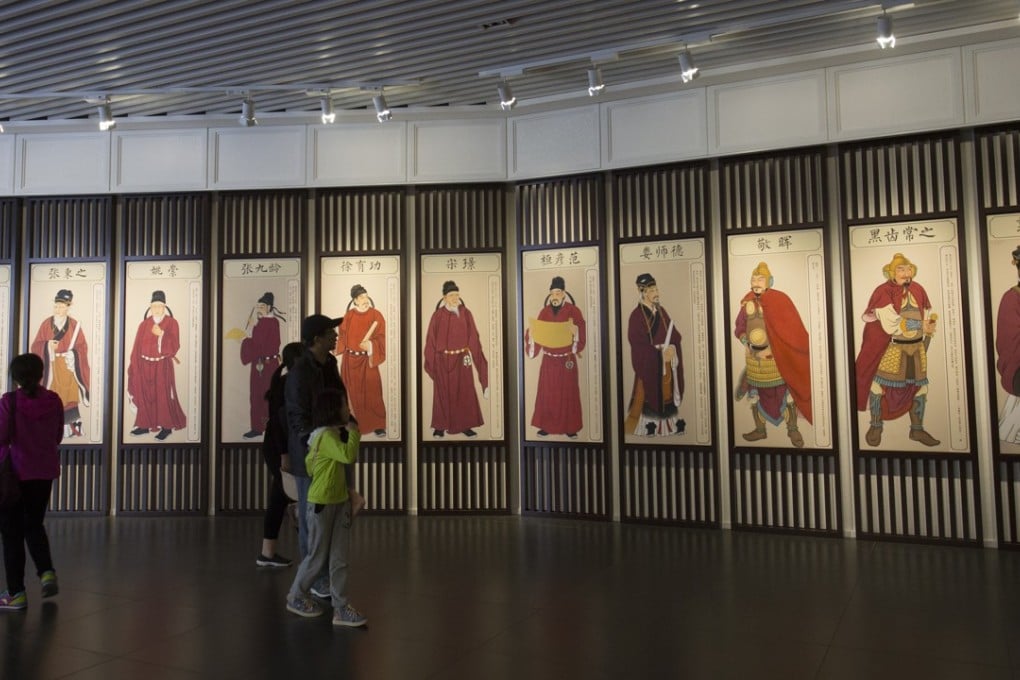China has been divided for longer than it has been united, and defined by imperial dynasties

Cursory research would show that the Roman Empire formally lasted from 27BC (the date of its foundation under Augustus) to 395 (the date of its final division under Honorius), longer than any dynasty that ever claimed the Mandate of Heaven, save for the Han.
Since the emergence of civilisation in the Yellow River valley, “China” has been “divided” for longer than it has been “united”. The notion of “China” as an unchanging historical political unit is likewise questionable, and is not taken seriously by modern sinologists.
Pre-modern China … was the geographic space occupied by the reigning dynasty
Prior to the foundation of the Chinese Republic in 1911, all political entities that existed on territory that is now known as the People’s Republic of China referred to their state by its dynastic name, for example, the Great Tang, or the Great Qing.
In pre-modern times, China in its literal sense was the geographic space occupied by the reigning dynasty, not a political or ethnic identity.
As a historian, I would caution commentators from using the past as a means to shape contemporary narratives.
Some of the greatest achievements of Chinese culture – and I use “China” in a strictly cultural rather than political sense here – occurred when the “country” was “divided”.
